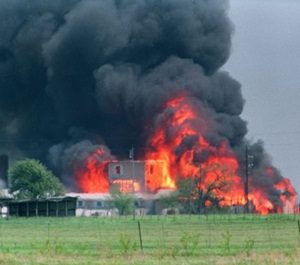History balances the frustration of “how far we have to go” with the satisfaction of “how far we have come.” It teaches us tolerance for the human shortcomings and imperfections which are not uniquely of our generation, but of all time.
~Lewis F. Powell, Jr.

1775 – Picking up where we left the story yesterday …
When 700 British troops arrived at Lexington at about 5:00 a.m., John Adams, John Hancock, and Paul Revere had already fled to Philadelphia. The British troops marched into Lexington to find 77 armed minutemen under Captain John Parker waiting for them on the town’s common green. British Major John Pitcairn ordered the outnumbered Patriots to disperse, and after a moment’s hesitation the Americans began to drift off the green.
Suddenly, the “shot heard around the world” was fired at (Old) North Bridge, just outside of Lexington, by an undetermined gun, and a cloud of musket smoke soon covered the green. When the brief Battle of Lexington ended, eight Americans lay dead or dying and 10 others were wounded. Only one British soldier was injured, but the American Revolution had begun.
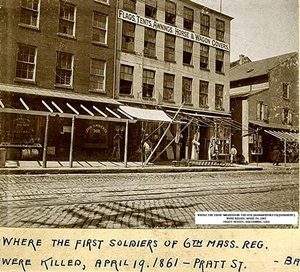
1861 – The first blood of the Civil War was shed on Pratt Street in Baltimore, MD when a secessionist mob attacked soldiers of the 6th Massachusetts Regiment who were bound for Washington, D.C. Four soldiers and 12 rioters were killed. As a result Baltimore became an occupied city by Union forces for the duration of the Civil War.
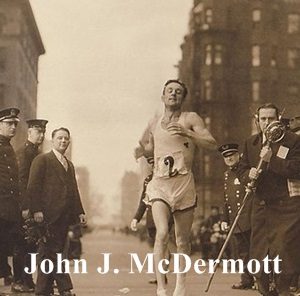
1897 – Fifteen runners started the first Boston Marathon (24.5 miles) but only 10 made it to the finish line. John J. McDermott of New York won the inaugural event with a time of 2:55:10. A measured distance of 24.5 miles from Metcalf’s Mill in Ashland to the Irvington Oval in Boston was selected. The marathon’s distance was changed in 1908 in accordance with Olympic standards to its current length of 26 miles 385 yards.
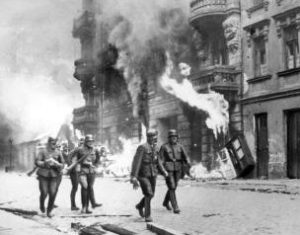
1943 – Jewish resistance arose within the Warsaw Ghetto in German-occupied Poland. Jews opposed Nazi Germany’s final effort to transport the remaining Ghetto population to Treblinka.
On this date, the Ghetto refused to surrender to the police commander SS-Brigadeführer Jürgen Stroop, who then ordered the burning of the Ghetto, block by block, ending on May 16. A total of 13,000 Jews died, about half of them burnt alive or suffocated. German casualties are not known, but were not more than 300. It was the largest single revolt by Jews during World War II.
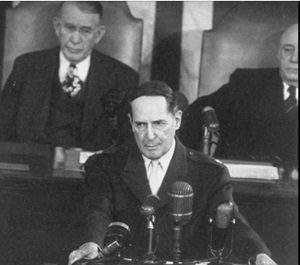
1951 – General Douglas MacArthur, following his April 11 dismissal as “Supreme Commander, Allied Powers; Commander-in-Chief, United Nations Command; Commander-in-Chief, Far East; and Commanding General, U.S. Army, Far East” by President Harry Truman, made his last official appearance in a farewell address to the U.S. Congress.
“I am closing my 52 years of military service. When I joined the Army, even before the turn of the century, it was the fulfillment of all of my boyish hopes and dreams. The world has turned over many times since I took the oath on the plain at West Point, and the hopes and dreams have long since vanished, but I still remember the refrain of one of the most popular barrack ballads of that day which proclaimed most proudly that old soldiers never die; they just fade away. And like the old soldier of that ballad, I now close my military career and just fade away, an old soldier who tried to do his duty as God gave him the light to see that duty.”
1993 – At Mount Carmel in Waco, Texas, the Federal Bureau of Investigation launched a tear-gas assault on the Branch Davidian compound, ending a tense 51-day standoff between the federal government and an armed religious cult. By the end of the day, the compound was burned to the ground, and some 80 Branch Davidians, including 28 children, had perished in the inferno.
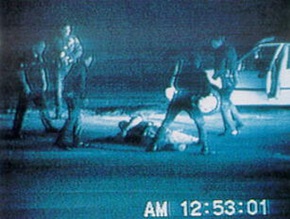
1994 – A Los Angeles jury awarded $3.8 million (and $1.7 million in attorney’s fees) to Rodney King for the beating he suffered at the hands of the Los Angeles Police Department officers following a high-speed car chase in March 1991.
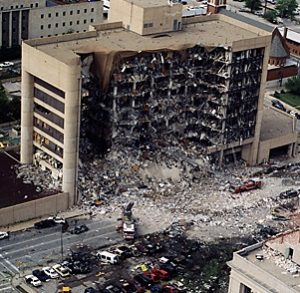
1995 – A massive truck bomb exploded outside the Alfred P. Murrah Federal Building in Oklahoma City, Oklahoma. The blast collapsed the north face of the nine-story building, instantly killing more than 100 people and trapping dozens more in the rubble. Emergency crews raced to Oklahoma City from across the country, and when the rescue effort finally ended two weeks later the death toll stood at 168 people killed, including 19 young children who were in the building’s day-care center at the time of the blast.
A massive manhunt for suspects in the worst terrorist attack ever committed on U.S. soil by an American resulted in the capture of Timothy McVeigh, a 27-year-old former U.S. Army soldier who matched an eyewitness description of a man seen at the scene of the crime. On the same day, Terry Nichols, an associate of McVeigh’s, surrendered in Herington, Kansas.
Nichols was later found guilty on one count of conspiracy and eight counts of involuntary manslaughter, and was sentenced to life in prison. McVeigh, died from a lethal injection at the U.S. penitentiary in Terre Haute, Indiana.
2013 – Boston Marathon bombing suspect Tamerlan Tsarnaev was killed in a shootout with police. His brother Dzhokhar was later captured hiding inside a boat in a backyard in the suburb of Watertown … I will not give either one of these bastards any more notoriety by posting their photos. We have all seen enough of them.
Compiled by Ray Lemire ©2017 RayLemire.com. / Streamingoldies.com. All Rights Reserved.
